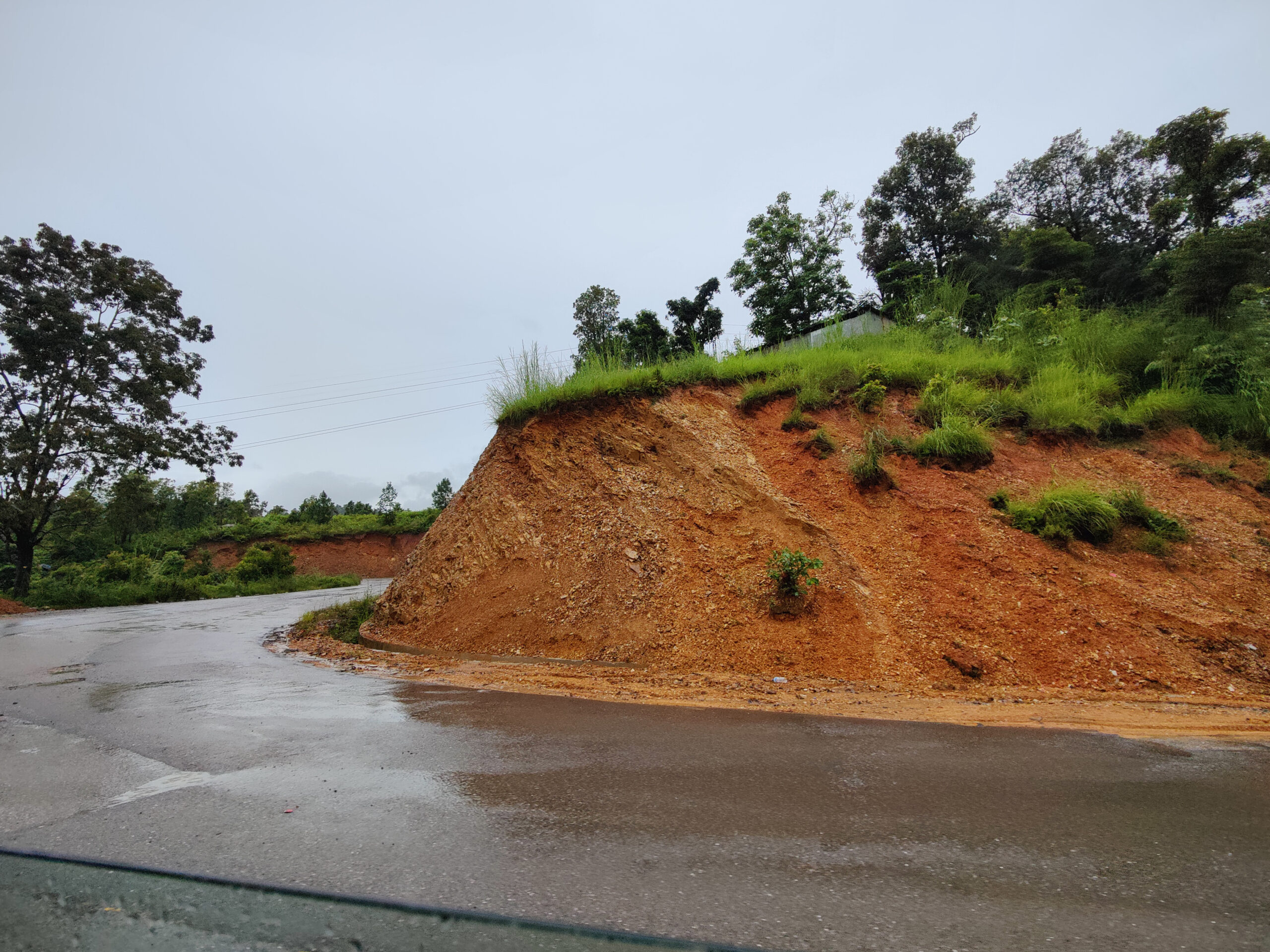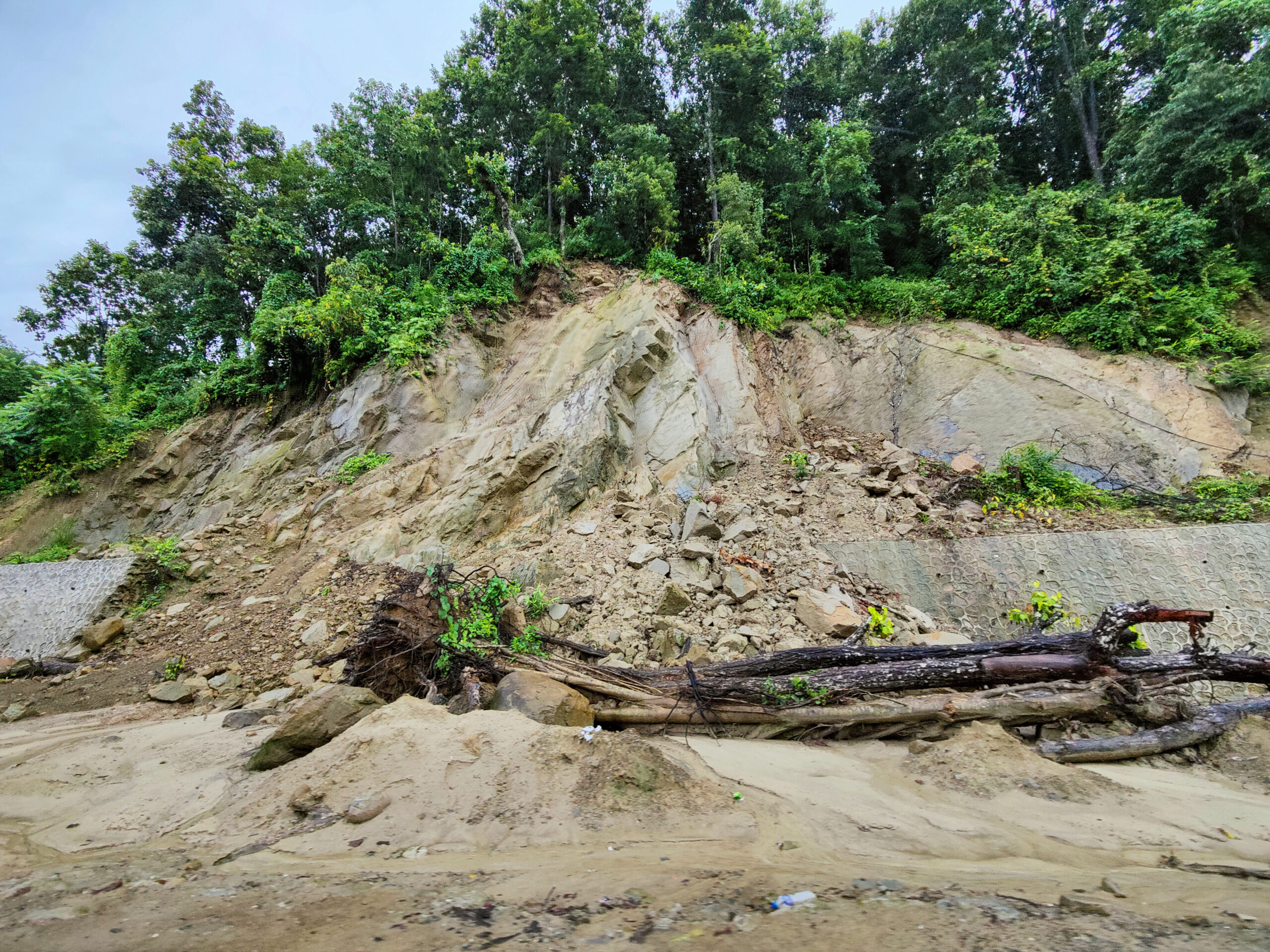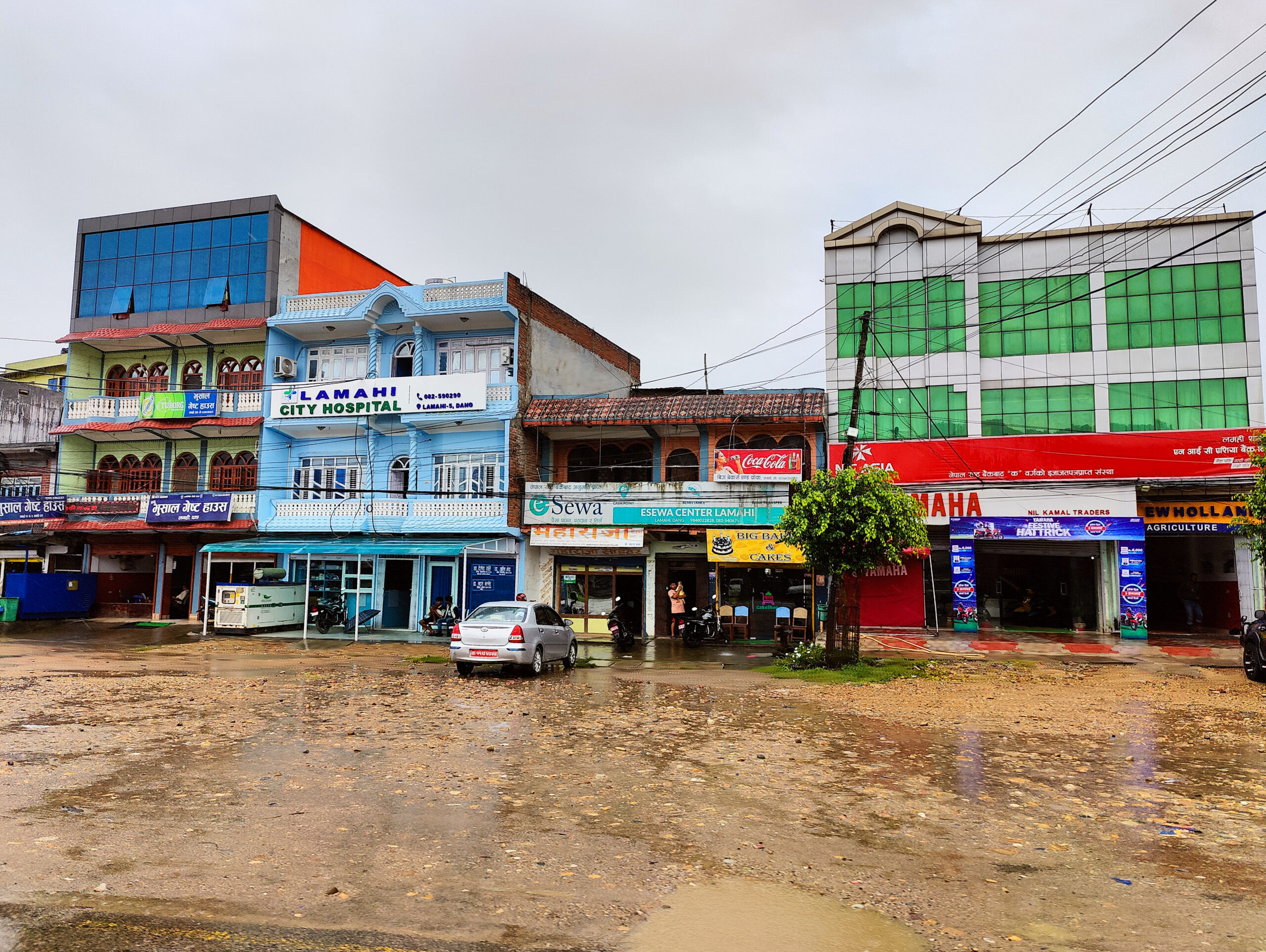
Practical Action staff in Asia and across the world are hard at work helping communities at risk of flooding make vital preparations ahead of the rainy season.
Millions of people from Bangladesh and Nepal suffer from more extreme weather conditions yearly. Millions more in Africa and Latin America are also at risk.
The increasing severity of rainfall means seasonal rains can more regularly bring humanitarian crises and enormous economic losses for those affected. At Practical Action, we believe preparedness is a vital element in building communities and climate resilience.
In May this year, Kenya experienced torrents that overflowed riverbanks, inundated communities, and fractured the fragile balance between nature and those who depend on it for their survival.
In all 267 people were killed and nearly 300,000 displaced according to the Kenyan National Disaster operations centre. The damage is estimated at $35million.
Already on the frontline of climate change, Bangladesh also witnessed a ferocious blow with Cyclone Remal affecting millions of people.
According to a report authored by the Needs Assessment Working Group (NAWG) in Bangladesh about 4.6 million people have been affected so far, approximately 800k are displaced and more than 150,000 homes have been destroyed leaving many without a place to call home.
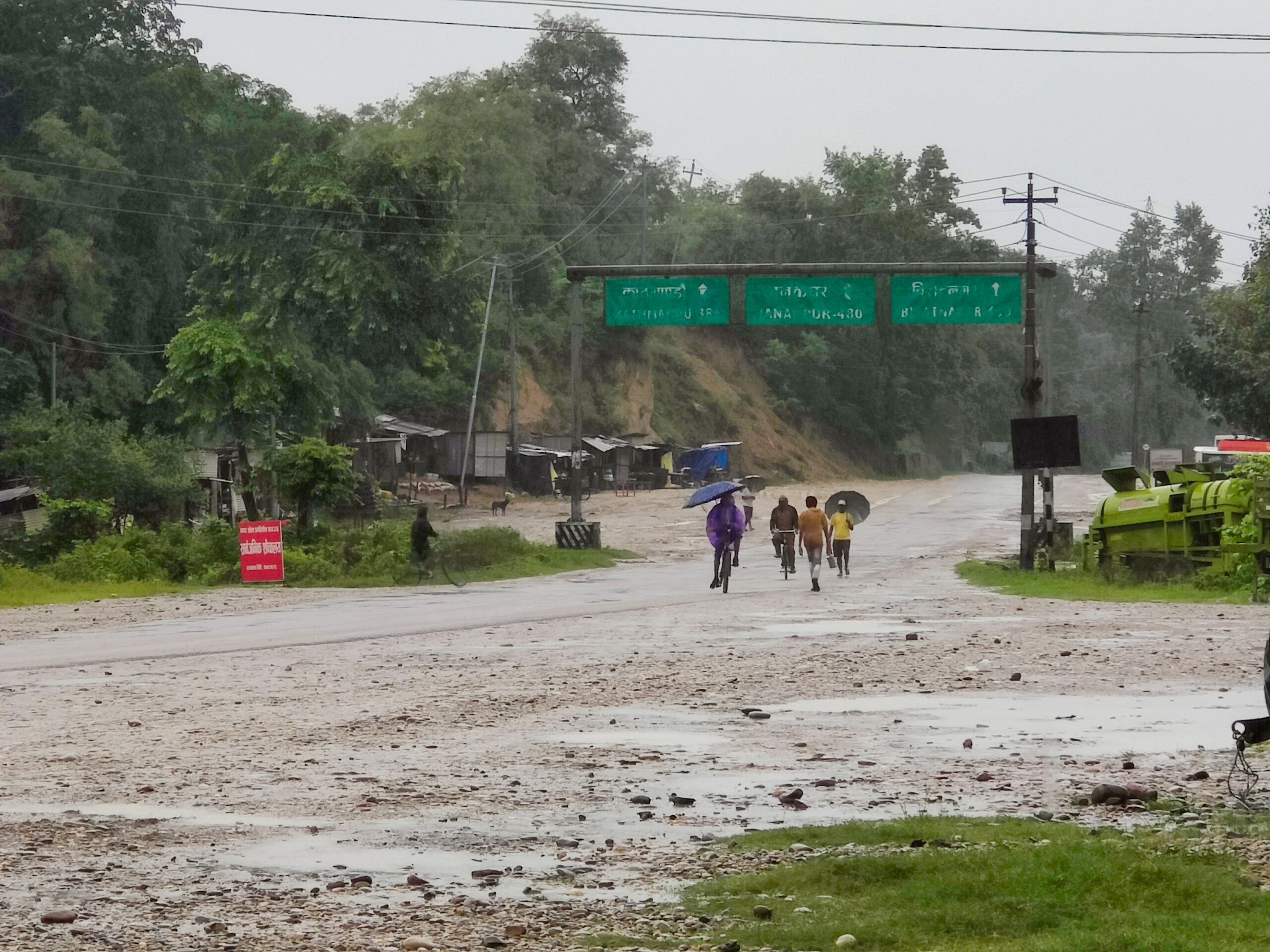
Tamana Rahman, Practical Action thematic lead for climate and resilience in Bangladesh said:
“The escalation of these extreme climate hazards, growing both in frequency and devastation, underscores a profound truth that preparedness is not merely an option; it is a necessity.
“At Practical Action our commitment to enhancing resilience goes beyond mitigating against immediate harm. it is about providing the communities tools against future uncertainties, ensuring livelihoods can be sustained, as well as preserving life and property. Good preparation means that lives are neither lost nor devastated when disaster strikes. This is why our work is important.”
What is Practical Action doing?
As a member of the Zurich Climate Resilience Alliance, we strengthen the resilience of communities most at risk across the world by building their knowledge and skills for solutions that work. All the countries we work in from Bangladesh, Nepal, Peru, Bolivia to Zimbabwe and Senegal are prone to hydro-meteorological hazards as they are mostly triggered by extreme rainfall. It has become a regular occurrence and difficult to predict. This underscores the importance of our work.
As the monsoon season intensifies, Bangladesh and Nepal find themselves grappling with the dual challenges of heavy rains and flooding. Here’s a closer look at our ongoing efforts in both countries:
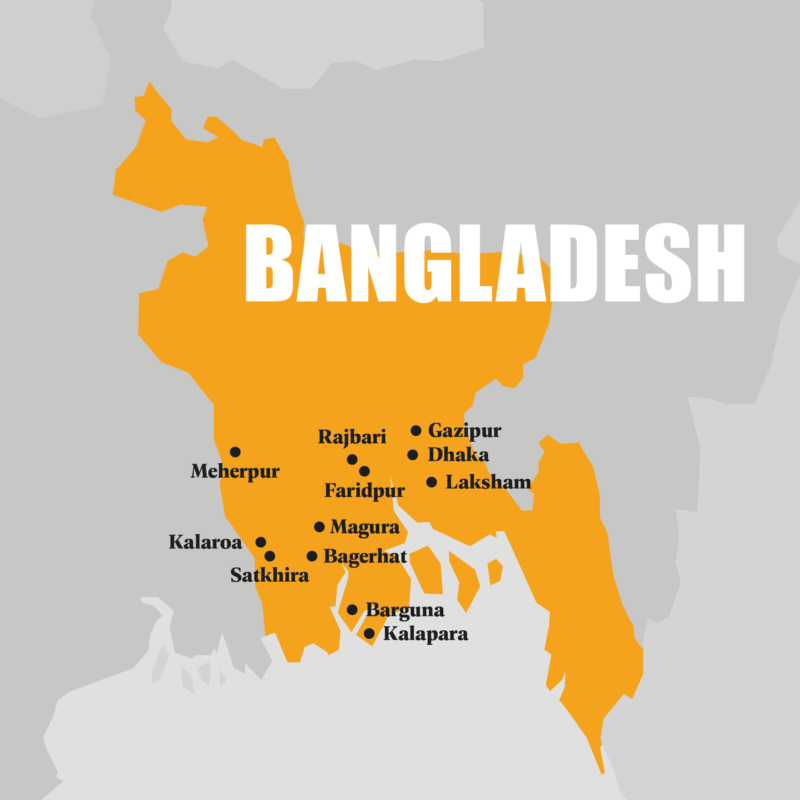
Bangladesh
In Bangladesh we are working alongside 40,000 individuals across eight communities in Faridpur in areas like Decreerchar, North Channel, Char Nasirpur, and Dheukhali Union by:
- Using information from the national forecast, Practical Action develops understandable and actionable voice messages and sends them to 10,000 registered mobile phone numbers to warn communities when there is a flooding risk and advise them on protective and life-saving actions to take. Community leaders who receive the warning pass it on to additional community members, ensuring the messages reach the ‘last mile’.
- Ensuring that community members who do not have a mobile phone or service/data, they receive warnings through other dissemination channels such as digital weatherboards, which have been installed at the Union Parishad (the lowest administrative tier in Bangladesh) as well as via local resilience agents (LRAs), who amplify the warning by visiting vulnerable households and using public address systems. Currently, improved warnings are reaching up to 40,000 people, delivered several days in advance of potential flooding.
- During Cyclone Remal, Timely alerts were disseminated through the ‘Disaster Alert for BD’ app developed and launched by the Ministry of Disaster Management and Relief and Practical Action, reaching 75,000 households across Bangladesh.
- Disseminating early warning voice messages and advisories reaching 3000 Cyclone Preparedness Programme (CPP) volunteers.
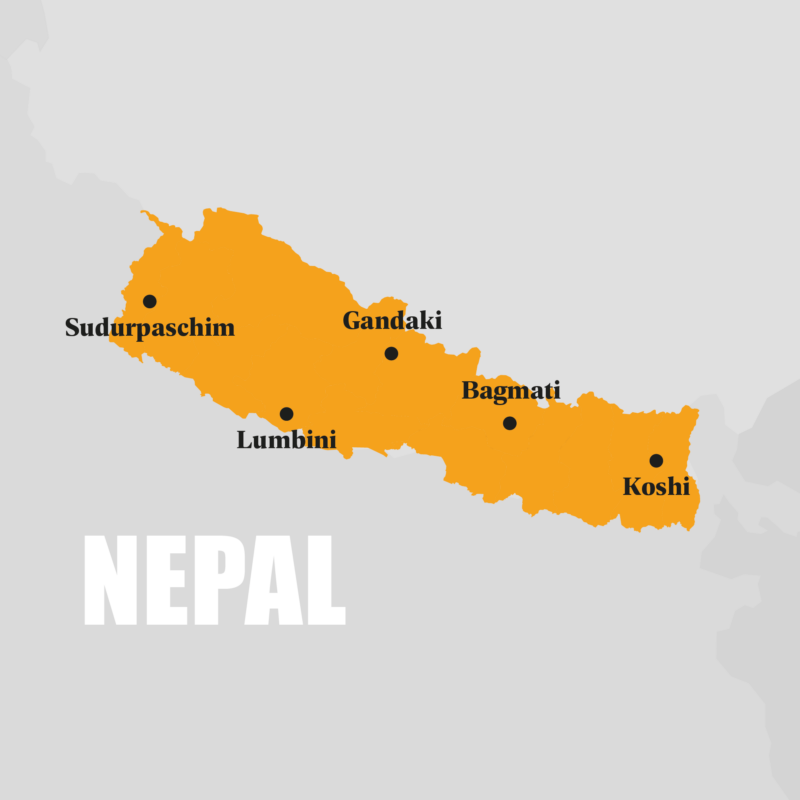
Nepal
We have been working in Nepal since 2013 And just like Bangladesh it is a country prone to natural hazards such as floods and landslides.
Between the months of June and September, Nepal experiences its monsoon season, a critical time when the country receives about 80% of its yearly rainfall.
This season is marked by sustained, heavy rainfalls that are vital for restoring the region’s water sources and supporting agricultural activities.
However, these rainfalls also have the potential to trigger severe floods and landslides in many of its valleys and low-lying Terai plains if not properly anticipated and prepared for.
According to Nepal’s National Disaster Risk Reduction and Management Authority an estimated 1.81 million people and 412,000 households could be affected by the monsoon in 2024. Of this number, 83,000 households are expected to be directly affected, and 18,000 families will need to be rescued in monsoon-related disasters.
Some of the notable things we have done include:
- We have worked with the Department of Hydrology and Meteorology (DHM) and mobile phone providers to improve dissemination of early warning messages and increase more coverage SMS alert so people know when a flood is coming and can take appropriate action to save life and property.
- We are training local Community Disaster Management Committees (CDMCs) for effective risk reduction and management. They have developed a Monsoon Preparedness Plan, maintained emergency shelters, form specialised task groups, and liaise with local authorities. This ensures community safety, especially during the monsoon.
- We continue to work with the communities to conduct annual flood drills, training and practicing for community members on how to respond in the case of a flood early warning.
- We supported the installation of 11 Automatic Weather Stations (AWS) in Pachpokhari Thagpal rural municipality and Helambu rural municipality along the Melamchi, Indrawati and Yangri watersheds. Installed AWS are vital in regions like Sindupalchowk district which is highly vulnerable to floods and landslides. These modified AWS come with additional features especially soil sensors focusing on landslide.
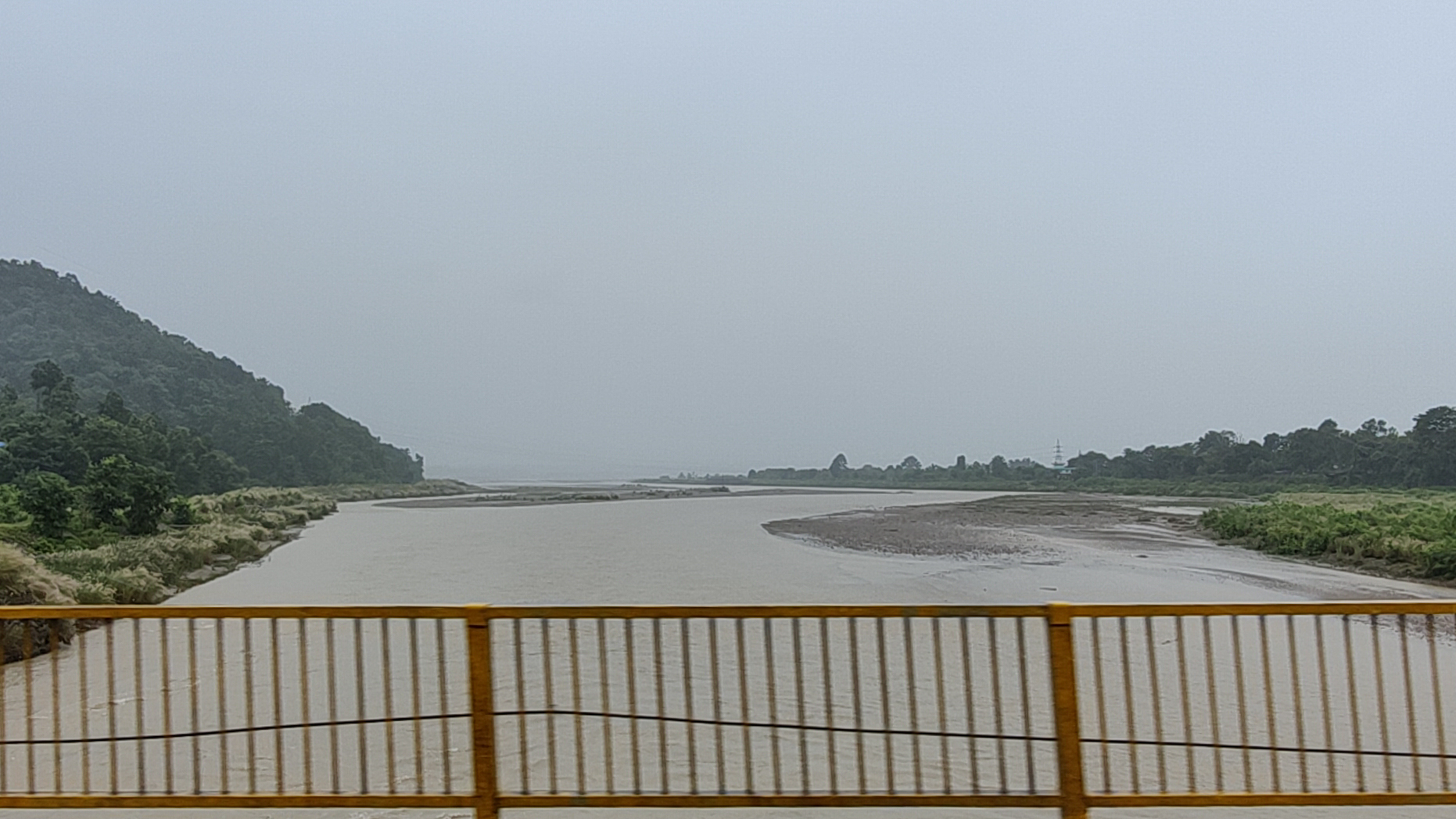
How we are helping climate affected farmers
The agricultural sector in affected areas often struggles to adapt and recover when disaster strikes.
In the aftermath of Cyclone Remal in Bangladesh, over 80,500 hectares of land were inundated with salinity, destroying the prospect of cultivation for the next few years and threatening mass urban migration like that seen after Cyclones Sidr, Aila, and Amphan.
In Western Nepal we are building on our innovative index-based insurance program covering paddy crop for vulnerable communities following a highly successful trial.
The first phase of the program saw nearly 1000 smallholder farmers from flood-prone areas paid $28,000. This generated interest with over 4000 farmers enrolling in the programme in 2023 from the Karnali and Khutiya rivers.
The pilot phase of the new insurance program, which was developed in collaboration with local partners and co-funded by the InsuResilience Solutions Fund, commenced six years ago and included one year of testing the insurance product.
We will now expand the existing climate insurance model in other river basins in Nepal where there is historical loss of paddy rice and flood risks.
We are also working to create plans to scale the program across the entire Terai region in Southern Nepal and begin studies to expand into Peru, Bolivia, and Bangladesh so that millions more vulnerable communities have a financial safety net in the face of devastating climate change.
The pilot scheme has so far demonstrated the potential of index-based insurance as an effective tool for managing climate risk. By tailoring the insurance product to the specific needs of the communities being served, Practical Action has been able to ensure the Program’s relevance and effectiveness.
Dharam Uprety, the Thematic Lead for Climate and Resilience at Practical Action in Nepal, said
“For those reliant on agriculture, the monsoon is essential, enhancing the growth of crops like paddy, corn, and various lentils, as well as supporting forest ecosystems and medicinal plants, However, excessive rainfall can result in severe landslides, floods, and waves, causing nearly 100 lives annually.
“Effective monsoon preparedness and risk-informed settlement planning, backed by adequate resources, are crucial to mitigating these impacts and reducing monsoon-induced losses in South Asia, including Nepal.”
